The Larapinta Trail is a 230km walk in the stunning Northern Territory of Australia, from the Telegraph Station in Alice Springs to Mount Sonder. This is a challenging but rewarding journey through some of the most remote and beautiful country in Australia. Whether you want to walk the whole trail or just a section like Standley Chasm to Hugh Gorge or Redbank Gorge, solo hiking this trail is an adventure of a lifetime. With a bit of planning this can be a life-changing experience, quiet, reflection and getting back to nature.
Walking the Trail Alone
Solo hiking is a rare chance for total self-discovery. The Larapinta Trail is perfect for independent walkers. You can set your own pace and immerse yourself in nature without the distractions of other walkers or group dynamics. When you walk alone you are in charge of every decision – whether it’s your daily mileage or where you camp, like Jay Creek or Ellery Creek South. Solo hiking means full control of the journey, a personal experience. The solitude of the Larapinta Trail fosters deep mental and emotional growth, reflection on your own thoughts and the natural beauty around you.
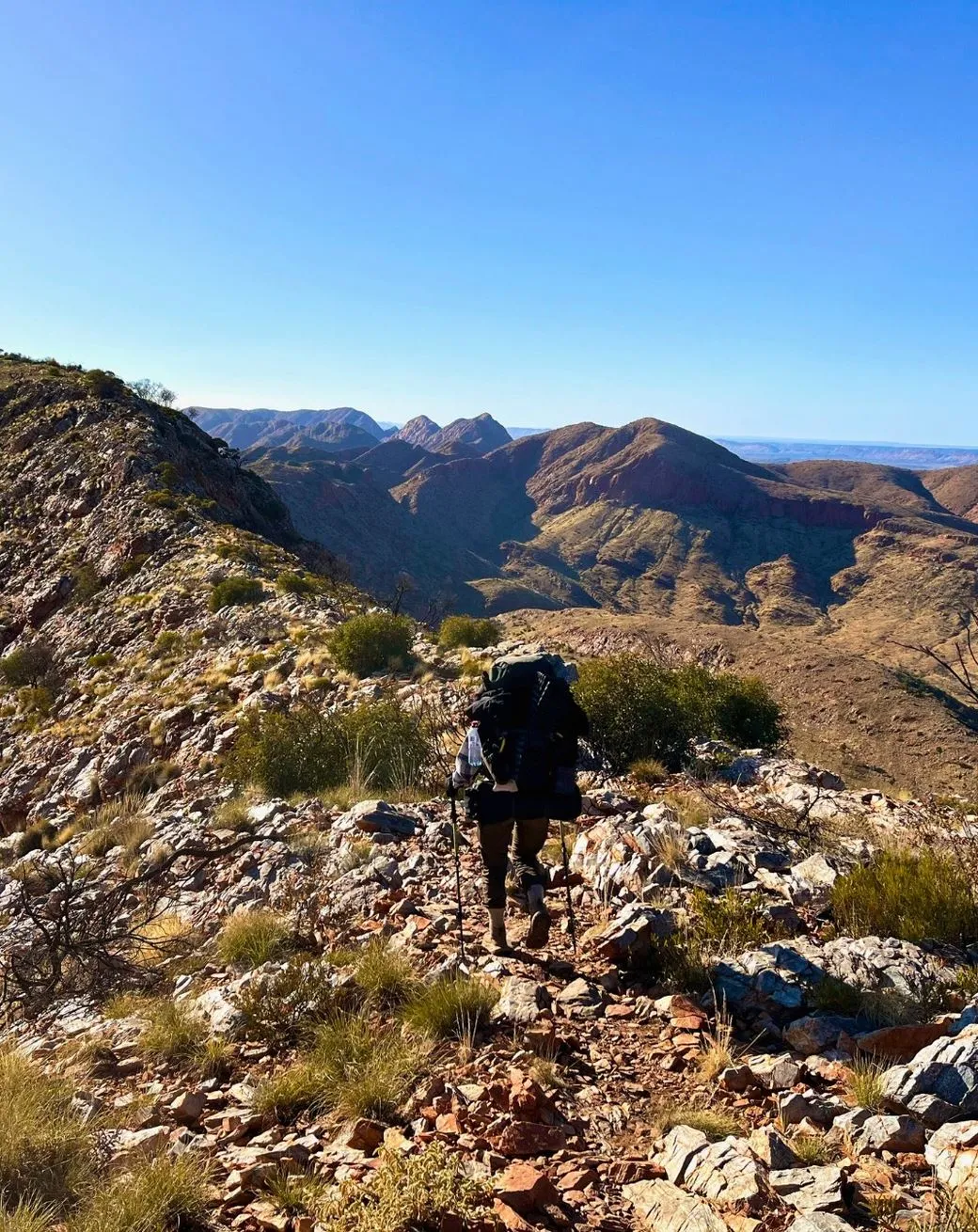
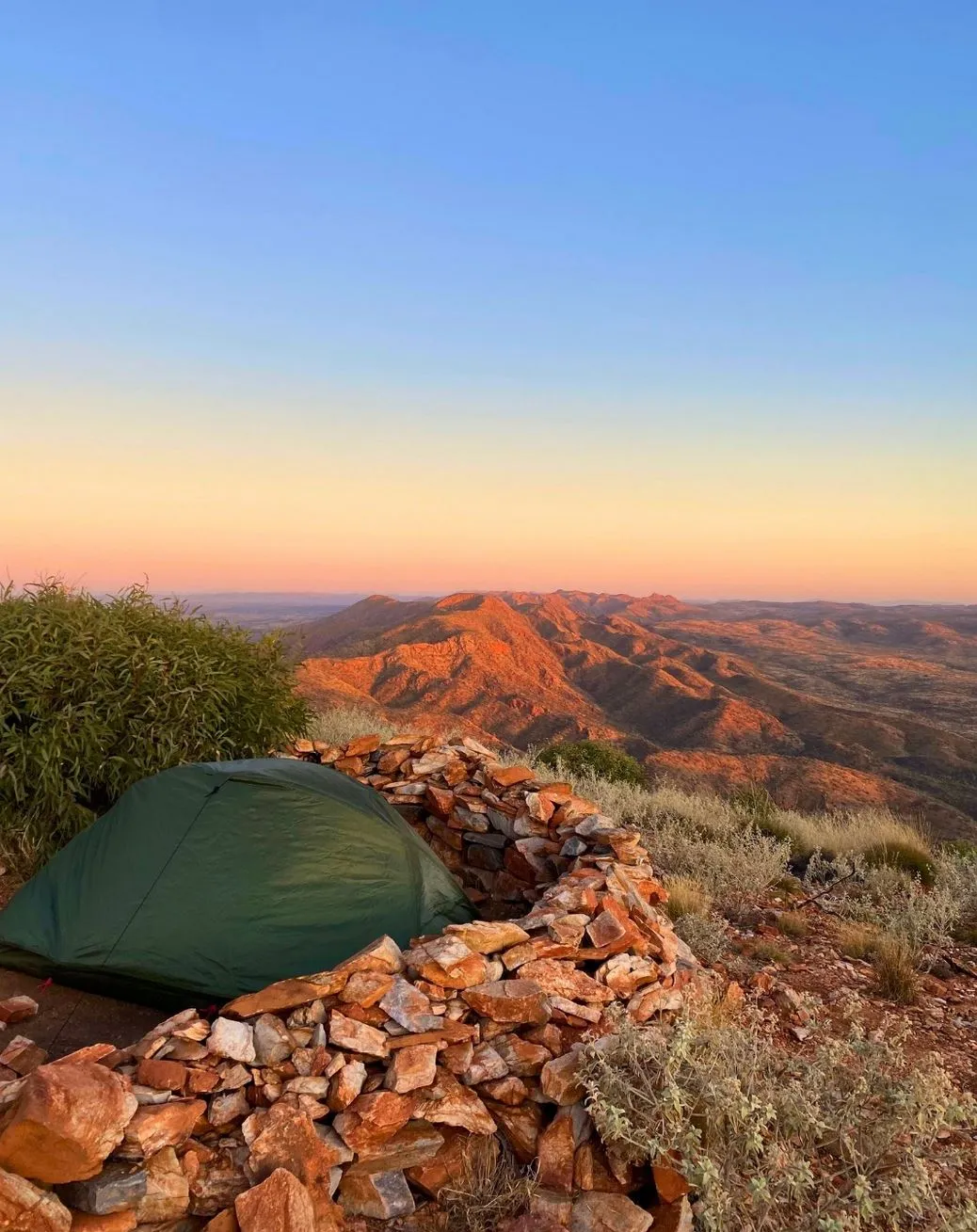
Choosing Your Itinerary
The Larapinta Trail has 12 sections, each different in difficulty and scenery. Some people walk the whole trail, which takes 12-20 days, others just a section depending on time and fitness. Solo walkers should choose their itinerary based on their experience and endurance. Plan your rest days and know your water sources and food drop services. If time is short some of the most scenic sections, Standley Chasm to Jay Creek or Ormiston Gorge to Redbank Gorge, are shorter but just as beautiful.
Trail Sections
Each section of the Larapinta Trail has its own challenges and delights:
- Alice Springs to Simpsons Gap (24km) – An Easy start with beautiful desert scenery from the Telegraph Station.
- Simpsons Gap to Jay Creek (25km) – Open plains and ghost gums.
- Jay Creek to Standley Chasm (13km) – Rocky and technical with gorge views, including Fringe Lily Creek.
- Standley Chasm to Birthday Waterhole (17km) – This is challenging but rewarding, and it has great geology.
- Birthday Waterhole to Hugh Gorge (16km) – Careful navigation through rock country, including Spencer Gorge.
- Hugh Gorge to Ellery Creek South (31km) – One of the toughest sections with great ridgeline views.
- Ellery Creek to Serpentine Gorge (14km) – Moderate hike with waterholes.
- Serpentine Gorge to Serpentine Chalet Dam (14km) – Rugged ridges and steep climbs, including Razorback Ridge.
- Serpentine Chalet Dam to Ormiston Gorge (29km) – Remote and physically demanding.
- Ormiston Gorge to Glen Helen (9km) – Short and sweet with great cultural history.
- Glen Helen to Redbank Gorge (25km) – Gradual climb to one of the best bits of the trail.
- Redbank Gorge to Mount Sonder Summit (16km) – Final, iconic climb to Mount Sonder for sunrise.
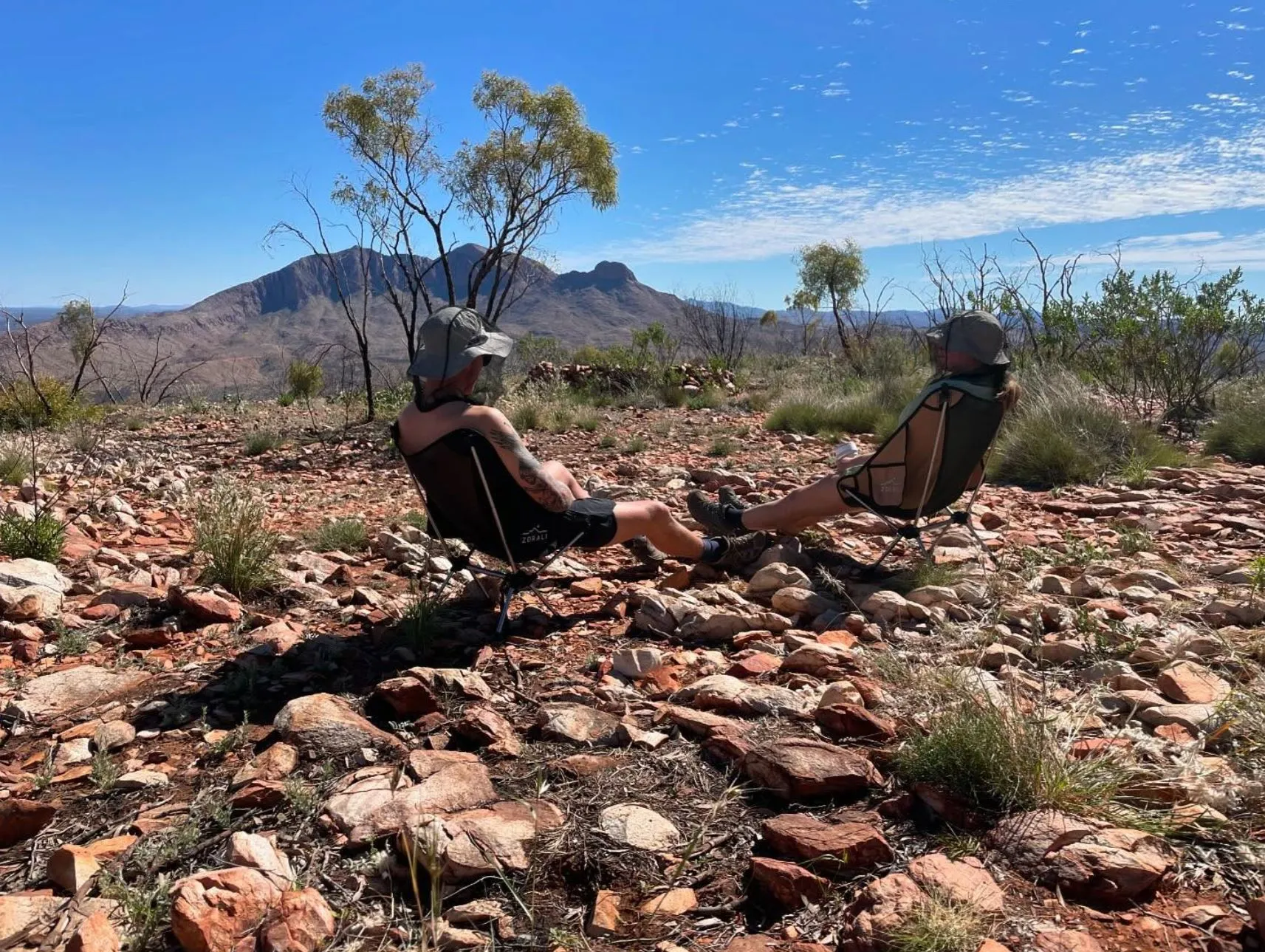
Body Readiness
Body readiness is one of the most important aspects of solo hiking the Larapinta Trail. The trail has long days with significant elevation gain, especially when tackling sections like Razorback Ridge or Mount Sonder. To prepare your body for the physical challenge you need to train for endurance, and focus on stamina, balance and strength for up and down hills. Consider carrying a day pack during your training to simulate the weight of your hike. As the terrain is rough, it’s also a good idea to practice with a heavy pack to get used to the extra weight of food, extra water and camping gear. Start with shorter walks and gradually increase your distance to build up your endurance for the whole trip.
Navigation and Safety
Navigating the Larapinta Trail solo requires attention to detail as the vast outback can confuse even the most experienced hiker. While most of the Larapinta Trail is well marked, there are sections, especially around isolated areas like Serpentine Gorge and Hugh Gorge, where navigation can be tricky. Carry a map and a GPS device and consider downloading an app that allows friends or family to track your progress. It’s also a good idea to have a satellite phone as there is no mobile phone coverage in the remote sections of the trail. By carrying the right navigation tools and keeping them accessible you’ll be able to stay on track and find your way even in poor visibility or challenging terrain.

Water and Food supply
The Larapinta Trail is known for its harsh dry conditions and hydration is crucial for solo hikers. Plan ahead for water by identifying water sources, such as the water tank at the trailhead campsite and other natural water sources at strategic points like Redbank Gorge and Ellery Creek. Carry several litres of water per day and consider extra in case of emergencies. Using food drop services is a great way to lighten your load. Food drop-offs at various points along the trail, such as Ormiston Gorge and Serpentine Chalet, are a great way to have fresh food without carrying all your food from the start.

Emergency Preparedness
Solo hiking the Larapinta Trail requires being prepared for emergencies. Bring a first aid kit for basic injuries like blisters or cuts and consider doing a wilderness first aid course before you head out. In case of serious issues a satellite phone is essential for getting help. The Larapinta Trail Trek Support service is a great resource for hikers as they can retrieve gear and offer emergency assistance if needed. You should also know the nearest evacuation points like the base of Mount Sonder or Serpentine Gorge in case you need to get off the trail unexpectedly.
Challenges
Isolation and Mental Toughness
One of the biggest challenges of solo hiking the Larapinta Trail is the mental bit. The isolation of the trail combined with the physical exhaustion of carrying a heavy pack can make you feel overwhelmed. But this solitude also provides an opportunity for personal growth. Break the trek into smaller sections by focusing on small goals and taking regular breaks. Keep a positive mindset and mental toughness will get you through the tough bits especially when you hit the bloody campsite at Serpentine Gorge or the harder bits around Euro Ridge.
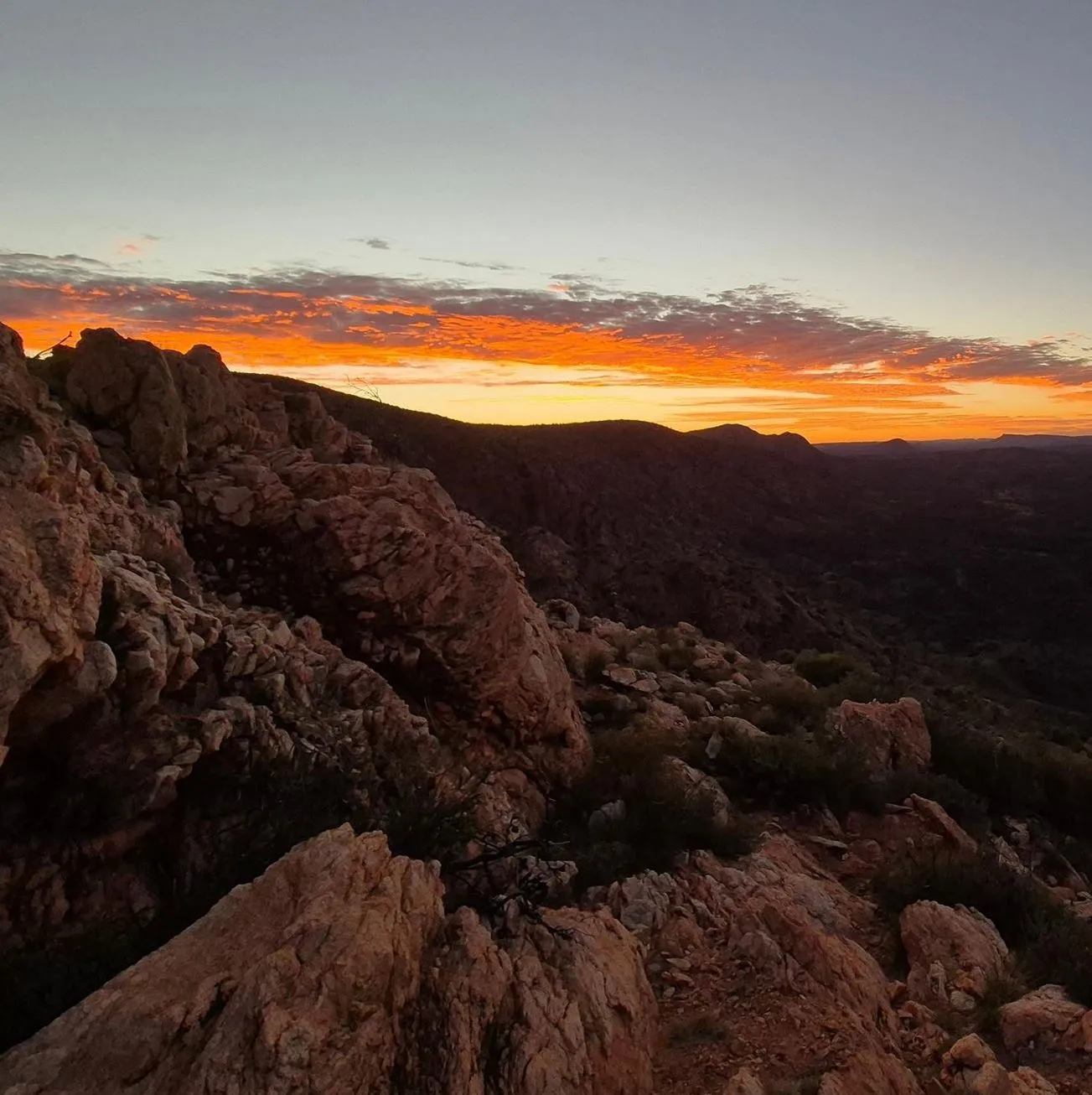
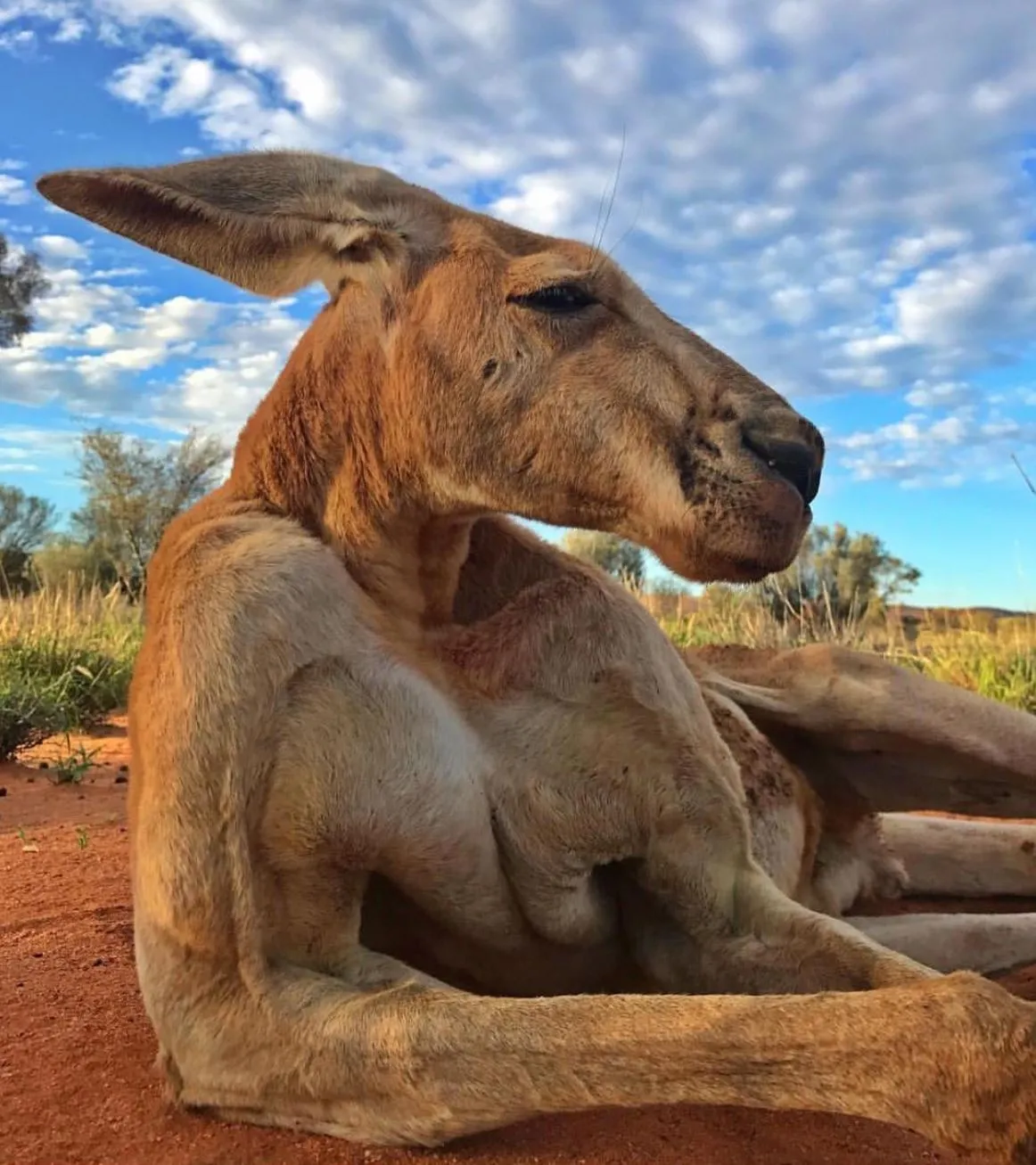
Wildlife and Environmental Factors
The Larapinta Trail has all sorts of wildlife: kangaroos, dingoes and reptiles. While they’re not normally dangerous it’s important to respect them and avoid close encounters. Environmental factors like heat and dryness are big challenges especially in summer. Pack appropriate clothing for sun protection and enough supplies to stay cool during the day. If you’re hiking through Standley Chasm take advantage of the cool breeze in the mornings or evenings to make the day more comfortable.
Best Time to Hike
The best time to hike the Larapinta Trail is during the cooler months, May to September. Temperatures during this period are more mild and better suited for long distance hiking. Don’t hike during summer months as daytime temperatures can reach 40°C and increase the risk of dehydration and heat exhaustion.
Solo hiking the Larapinta Trail is an amazing adventure, as well as isolation, challenge, and connection with the beautiful landscapes of the Northern Territory. With the right preparation—planning, gear and mental toughness—you can tackle this iconic trail safely and successfully. Whether you’re hiking the sections around Ormiston Gorge or the whole 230km trail, the Larapinta Trail will deliver unforgettable experiences and personal achievement.
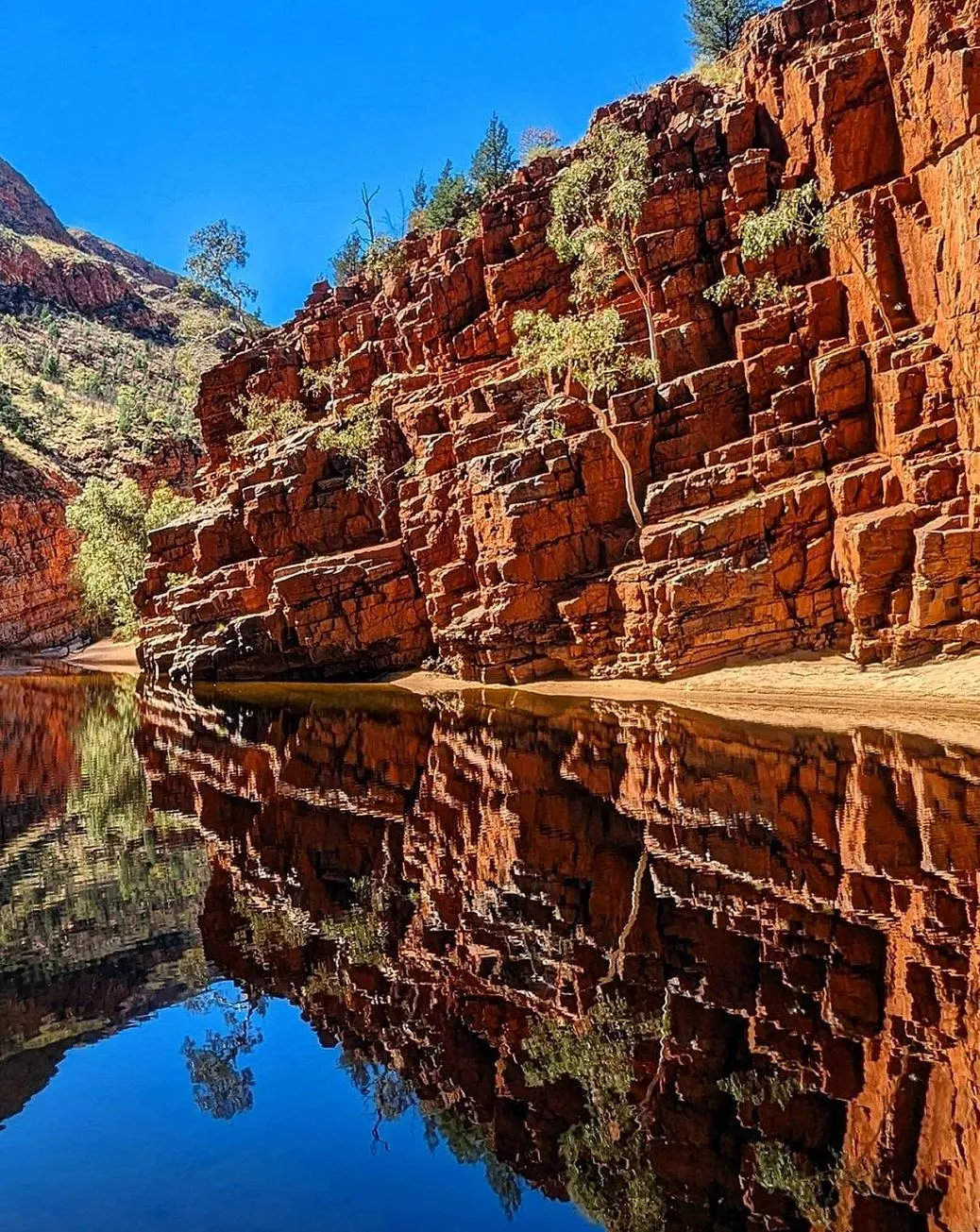
FAQ
What are the best sections for solo hikers?
Sections like the Telegraph Station to Spencer Gorge or Ellery Creek to Serpentine Gorge have manageable distances and access to water. For experienced solo hikers longer sections like Standley Chasm to Hugh Gorge or Redbank Gorge provide more challenging terrain.
Are food drops available on the Larapinta Trail?
Yes, food drop services are available, hikers can pick up fresh food and supplies at designated points on the trail. These services can be booked in advance and food drop boxes are at Ormiston Gorge and Serpentine Chalet.
How much water should I carry on the Larapinta Trail?
Solo hikers should carry at least 3-4L of water per day depending on weather conditions. Some sections have water tanks but it’s always best to carry extra water and be prepared for dry camping.
Can I camp anywhere on the trail?
Camping is allowed but hikers must use designated campsites to reduce environmental impact. Campsites like Ellery Creek South and Serpentine Chalet have basic facilities like water tanks.
Do I need a satellite phone?
Yes, a satellite phone is recommended for solo hikers as mobile phone coverage is limited on most of the trail. A satellite phone will allow you to call for help in case of an emergency or if you need assistance from Larapinta Trail Trek Support.
